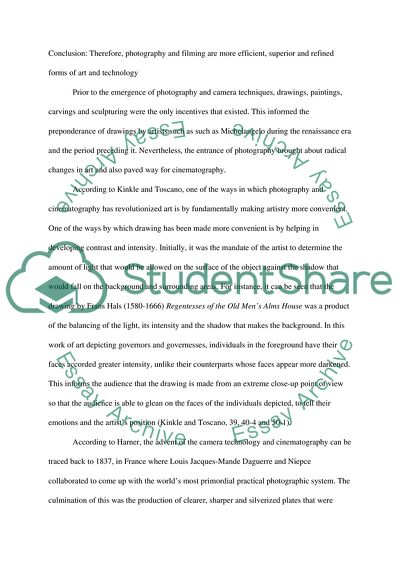Cite this document
(The Value of Camera Essay Example | Topics and Well Written Essays - 1750 words, n.d.)
The Value of Camera Essay Example | Topics and Well Written Essays - 1750 words. https://studentshare.org/visual-arts-film-studies/1834696-the-value-of-camera
The Value of Camera Essay Example | Topics and Well Written Essays - 1750 words. https://studentshare.org/visual-arts-film-studies/1834696-the-value-of-camera
(The Value of Camera Essay Example | Topics and Well Written Essays - 1750 Words)
The Value of Camera Essay Example | Topics and Well Written Essays - 1750 Words. https://studentshare.org/visual-arts-film-studies/1834696-the-value-of-camera.
The Value of Camera Essay Example | Topics and Well Written Essays - 1750 Words. https://studentshare.org/visual-arts-film-studies/1834696-the-value-of-camera.
“The Value of Camera Essay Example | Topics and Well Written Essays - 1750 Words”. https://studentshare.org/visual-arts-film-studies/1834696-the-value-of-camera.


